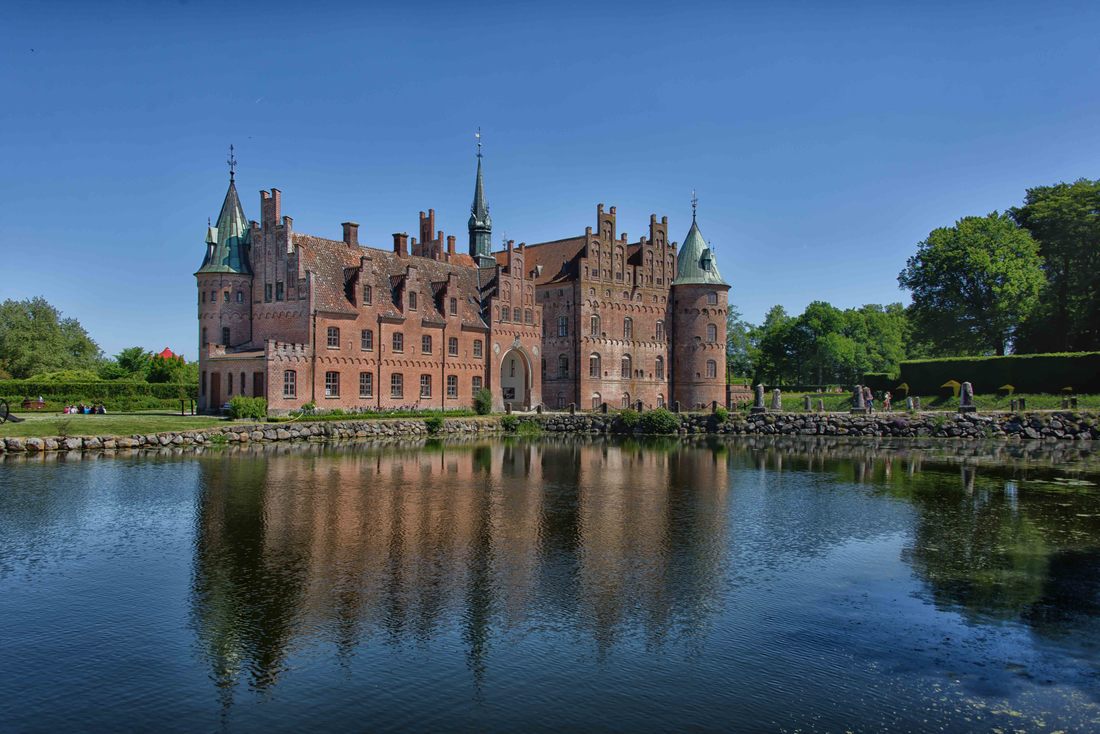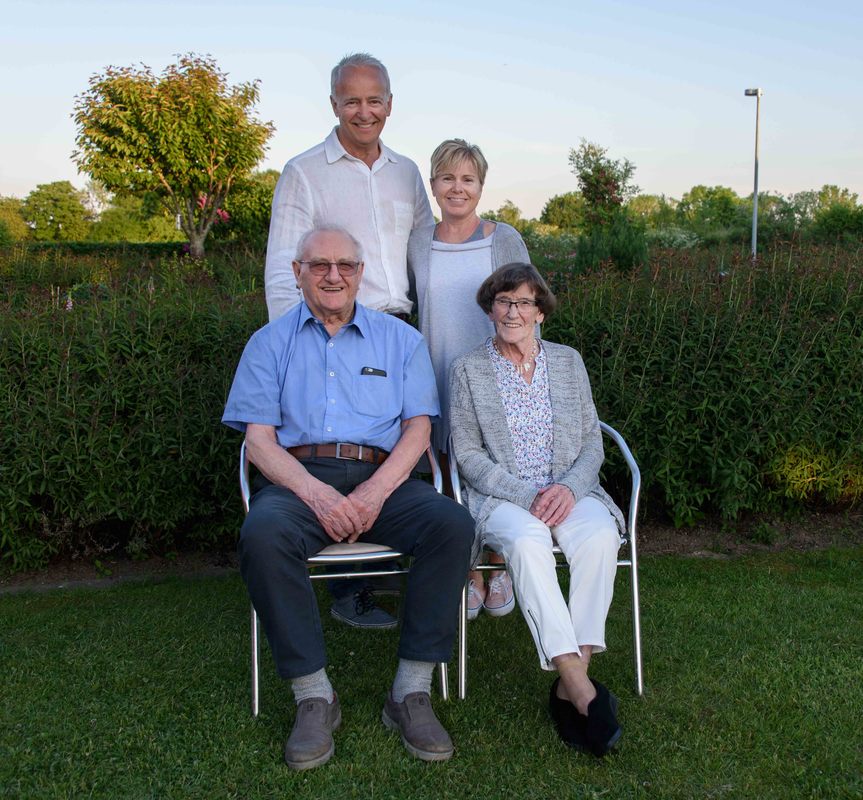
Thatched roof buildings dot the countryside. As the rain and snow take their toll, regular thatch replacement is required but usually only on the top few layers leaving base layers that can be centuries old. In addition to looking like something out of a fairy tale, these eco-friendly roofs naturally regulate the home’s temperature.
(Fynshav)

Denmark has the highest proportion of wind power in the world, providing the country with 42% of its electricity. While the tall white turbines generate today’s power, many farms still sport a wood windmill-some the centerpieces of colorful gardens while others sit unadorned amidst the brambles, reminders of a bygone era.

With its proximity to the border with Germany this town was hit particularly hard during WWII. The 1700s home we rented for a week was one of the few left standing in the neighborhood after the bombings. Like other villages where disaster has struck the townspeople rebuilt in the original style rather than adopt a more modern layout to account for vehicles, etc. (Sønderborg)

After viewing so many classic religious scenes in churches, it was refreshing to see the Ribe cathedral’s playful images (reminiscent of Dr Seuss). Fun fact: In Denmark when a child is born they are issued a birth certificate by the Protestant State Church and unless otherwise requested, they are considered a Protestant. And a portion of every citizen’s taxes goes to the state church. Although the issuance of birth certificates is considered an administrative function by the church, people of a non-Protestant faith beg to differ, yet even an appeal to the Supreme Court didn’t overrule the practice.

From the church tower, a view of Ribe – a small town surrounded by farmland. With no end of fertile land and a population of only 5 million to feed, Denmark is able to export 3 times the agricultural products (most organic) it needs for itself and unlike much of the world 90% of farms here continue to be family owned.

Despite being such a common crop, its brilliant yellow never fails to impress. While some fields are rapeseed, others are its derivative canola and together they provide the third-largest source of vegetable oil in the world. Fun fact: the word “canola" is a combination of "Canadian" and "Oil" (or ola)-apropos given that it was Canada who introduced it.

What do multi-generations of counts and countesses do with oodles of money and time on their hands...if the sprawling grounds of Egeskov Castle are any indication, you build a castle with a moat and then go on African hunting expeditions and start extreme collecting that will fill warehouse sized buildings. (Kværndrup)




